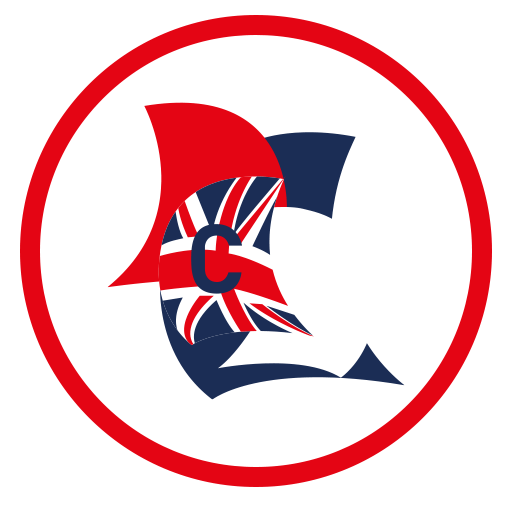Buoyancy Test
One key safety requirement for the Cadet is that the hull buoyancy tanks should not have any significant leaks. This ensures that the hull is not compromised by carrying water in the tanks whilst sailing, but more importantly can be recovered from a capsize and righted easily due to the buoyancy of the tanks.
The buoyancy test section of the measurement card, must be endorsed annually to confirm that the tanks are still watertight. An up to date buoyancy certificate is an entry requirement of all UNKCCA events.
How do I arrange a buoyancy test?
It is best to arrange a test at your home club, as turning up to the first selector needing to complete a test is more stress than is required for all involved!
All squadron captains are able to witness the test as well as all UKNCCA sail measurers. After the boat has passed the test they will endorse the Buoyancy card with the date that the test was completed.
What does the test involve?
The test requirements are in the class rules, section H.8, and extracted below – in summary:
Find suitable weight – 125kg of crew (you will get wet feet…)
Remove all sails, foils and boom (leave mast in)
Step 1 – Flood the hull (upright) with water above the top of the dagger-board case and 125kg of crew for 15 minutes
Step 2 – Capsize boat for 1 minute to port and 1 minute to starboard again with 125kg of crew
Step 3 – Recover boat and drain.
Step 4 – Measure water in the compartments this ‘shall not exceed 2 litres in total or 1 litre in any individual compartment’
Step 5 – Sign certificate
Cadet Class Rules – H.8 Buoyancy Tests
H.8.1 All boats shall be tested for buoyancy with corrector weights, if any, in place. For the test (except for the initial air test for Mark IVs), the boat, with deck and fixed fittings, shall be stripped of all loose gear, including sails, booms, rudder, tiller and daggerboard, but leaving the mast stepped and shrouds and forestay set up. 125 kg of crew weight shall be placed aboard the floating boat and the boat flooded such that the water is above the level of the top of the daggerboard case. After 15 minutes in this condition the boat shall be capsized for one minute to port and one minute to starboard, then the boat shall be drained. Any water in the watertight compartments shall be measured. This shall not exceed 2 litres in total or 1 litre in any individual compartment.
H.8.2 A measurer (which for this purpose shall include a Squadron Captain) may place a buoyancy endorsement on a certificate when he has successfully carried out the test described above and has inspected all buoyancy apparatus, bulkheads, and inspection and drainage holes and their covers or stoppers, and has satisfied himself that all are in sound condition.
